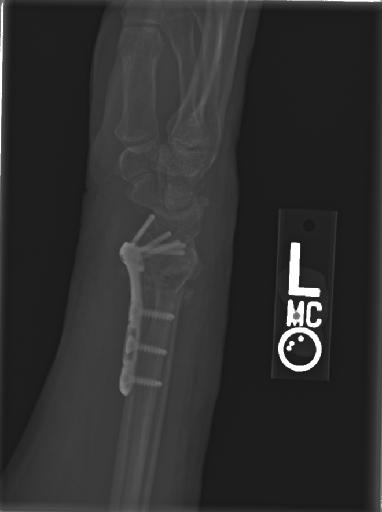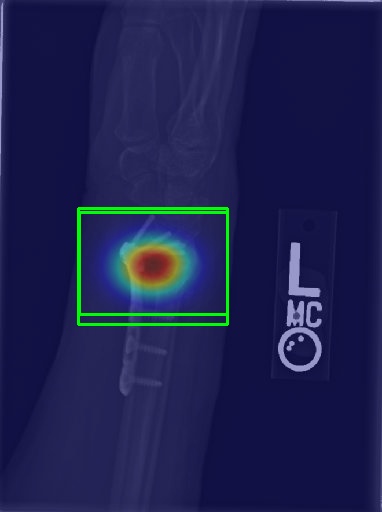Visualizing the Unseen
Grad-CAM technology makes AI-based fracture detection transparent by creating visual heatmaps that highlight exactly where our algorithm detects potential fractures in X-ray images.
Explore Technology

What is Grad-CAM?
Gradient-weighted Class Activation Mapping (Grad-CAM) is a technique that produces visual explanations for decisions made by convolutional neural networks, making AI diagnosis transparent and interpretable.
X-ray Analysis
The X-ray image is processed through multiple convolutional layers of our deep neural network, extracting key features and patterns that could indicate a fracture.
Feature Detection
Our AI identifies critical patterns and anomalies in bone structure that might indicate fractures or other abnormalities by comparing with thousands of training examples.
Gradient Calculation
Grad-CAM calculates the gradients flowing into the final convolutional layer to generate class-specific feature importance maps that highlight decision-making regions.
Heatmap Generation
A color-coded visualization overlays the original X-ray, with red areas indicating regions most critical to the diagnosis. This creates a transparent window into the AI's decision process.
Compare X-rays with Grad-CAM Overlays
Slide to compare original X-ray images with their Grad-CAM visualizations and see how our AI identifies potential fracture sites.


Distal Radius Fracture
The heatmap clearly highlights the fracture line at the distal radius, an often subtle finding that can be challenging to detect in standard X-rays, especially for non-specialists.


Lateral Malleolus Fracture
Grad-CAM visualization reveals a lateral malleolus fracture that might be overlooked due to complex overlapping structures in the ankle joint region.
Where We're Heading
Our team is continuously working to advance Grad-CAM technology to provide even more accurate and detailed visualizations for medical professionals.
Try MediScan Now